He was a member of the medical team looking after Singapore’s national football players, until recently – treating hamstring problems, knee injuries, ankle problems and the works.
Dr Tho Kam Seng, a specialist orthopaedic surgeon in private practice, has treated many types of sports injuries.
So I recently caught up with Dr Tho and picked his brains about common running injuries and the prevention of these. Find out what Dr Tho said, in an interview I had with him.
Dr Tho, what are the most common running injuries?
They are foot, shin and knee injuries.
What are the causes of such injuries?
Extrinsic and Intrinsic factors can cause these.
Extrinsic factors include
- Using an unsuitable running technique. For example, I have seen patients who have developed stress fractures of the foot running on the mid or forefoot. This style places undue stress on the metatarsals, which gets fractured.
- Running surfaces. Hard, uneven or sloping surfaces subject uneven stress on the joint. Lateral ankle tendinitis (inflamed ankle tendons) and iliotibial band tendinitis (inflamed ligament that runs from the hip to the shin) are some of the results.
Intrinsic factors include
- Varus or valgus deformities (types of bone or joint deformities) of the ankle and knee joints. These put certain parts of the joint under excessive stress and wears it down faster.
- Tight muscles and tendons. These increase the strain on the joints and also raise the incidence of muscle tears or strain.
And how are these usually prevented?
Understanding your body physique will help prevent injuries. For example, if one has a very severe varus or valgus joint deformity, long distance running is not advisable. I have patients who were avid marathon runners with varus knees but even before they reached 50 years old, their knees were badly damaged – resulting in severe osteoarthritis.
Mild deformities can be mitigated with proper shoe wearing special insoles that can help redistribute forces.
Taking glucosamine can help regenerate cartilage and if one is an avid runner of many years, it is good to start on glucosamine supplementation.
Also, listen to your body for any pain warnings. Pain is a signal from your body that something is not right when this happens. There is usually inflammation, strain or even partial tears in the joint or muscle, such as at the heel cord or Achilles tendon. If one continues to run and ignore the symptoms, the pain will be chronic and may become permanent.
Stretching before exercises is a good habit. Apart from the usual calf, hamstring and quadriceps stretches, the ilio-tibial band (which helps to flex and rotate the hip) and the groin should be stretched as well.
When a runner initially sustains an injury, what is the first thing that you would advise them to do?
Apply the RICE therapy: Rest for a few days, Ice the injured area, Compress the swollen area with a bandage and Elevate the injured limb. Mild injuries should resolve itself three to five days. But if you have symptoms such as pain and swelling persisting, bruising that spreads out from the injured area, not being able to put any weight on your limb and not being able to move your joint – which feels unstable or locks when you try to use it, then you should consult your doctor early. These are signs of possible serious muscle or ligament injuries.
Do you think that forefoot running actually helps to reduce the chances of injuries?
Some people swear by it but I have seen several injuries resulting from forefoot running.
What are your comments on minimalist shoes?
Minimalist shoes are touted to enable your foot muscles to act better to improve the biomechanics. However, those with significant foot hyperpronation (excessive rotation occurring in the foot) will require foot orthotics (foot devices) for adequate support, especially in the presence of a tight tendoachilles. I have seen a few patients who have fractured their toes, from either doing barefoot running or wearing minimalist shoes.
How much of a role would you say physiotherapy plays in the treatment of common running injuries?
Physiotherapist is important to resolve early injuries and regain fitness. They can also assess and advise preventative measures.
What are your comments on the wearing of compression tights by runners?
The physiological benefits of increased blood flow is not significant and it is unlikely to make you run faster or further. It may make one look more toned and firm, though. In our hot and humid environment, it is important to wear something comfortable.
What are your impression on kinesio tapes for both protection and prevention of common running injuries?
Kinesio tapes help realign forces through joints, ligaments and muscles. If you need tapes to run without pain, you should not run and seek treatment.
Any tips on the prevention of running injuries?
Listen to your body and have adequate rest in between.


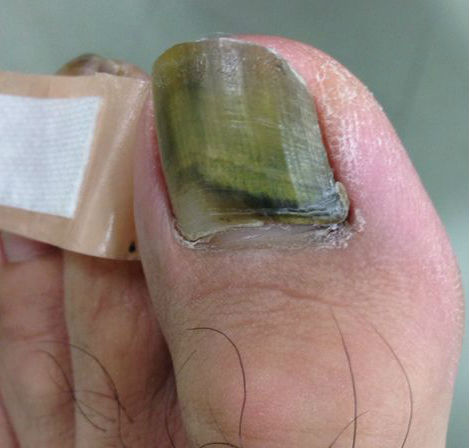
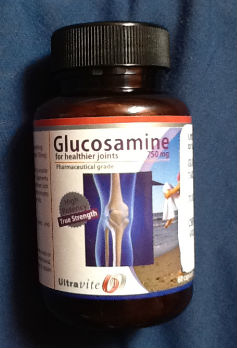
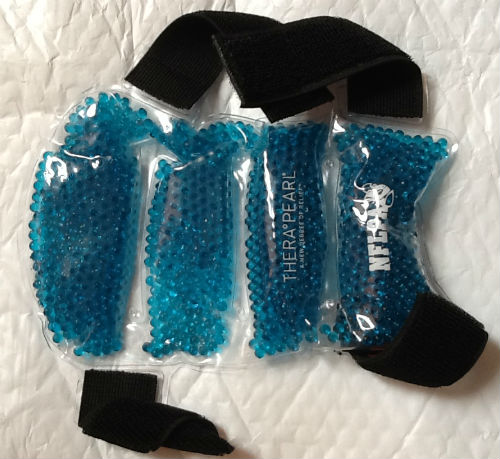
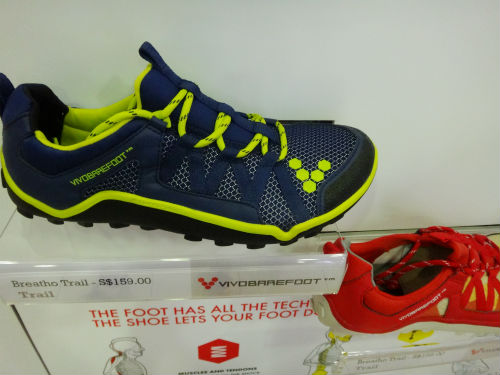
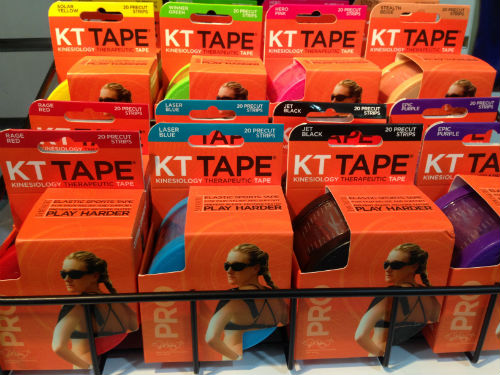
Leave a Comment